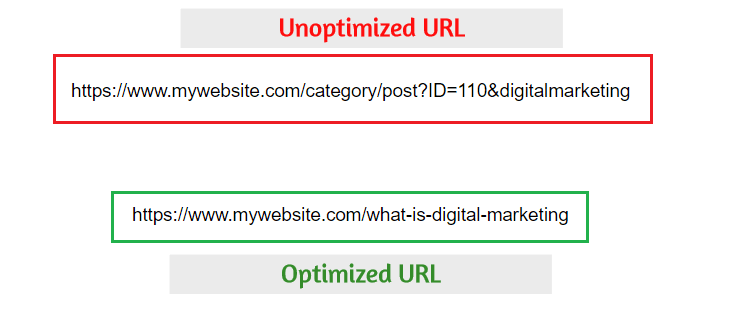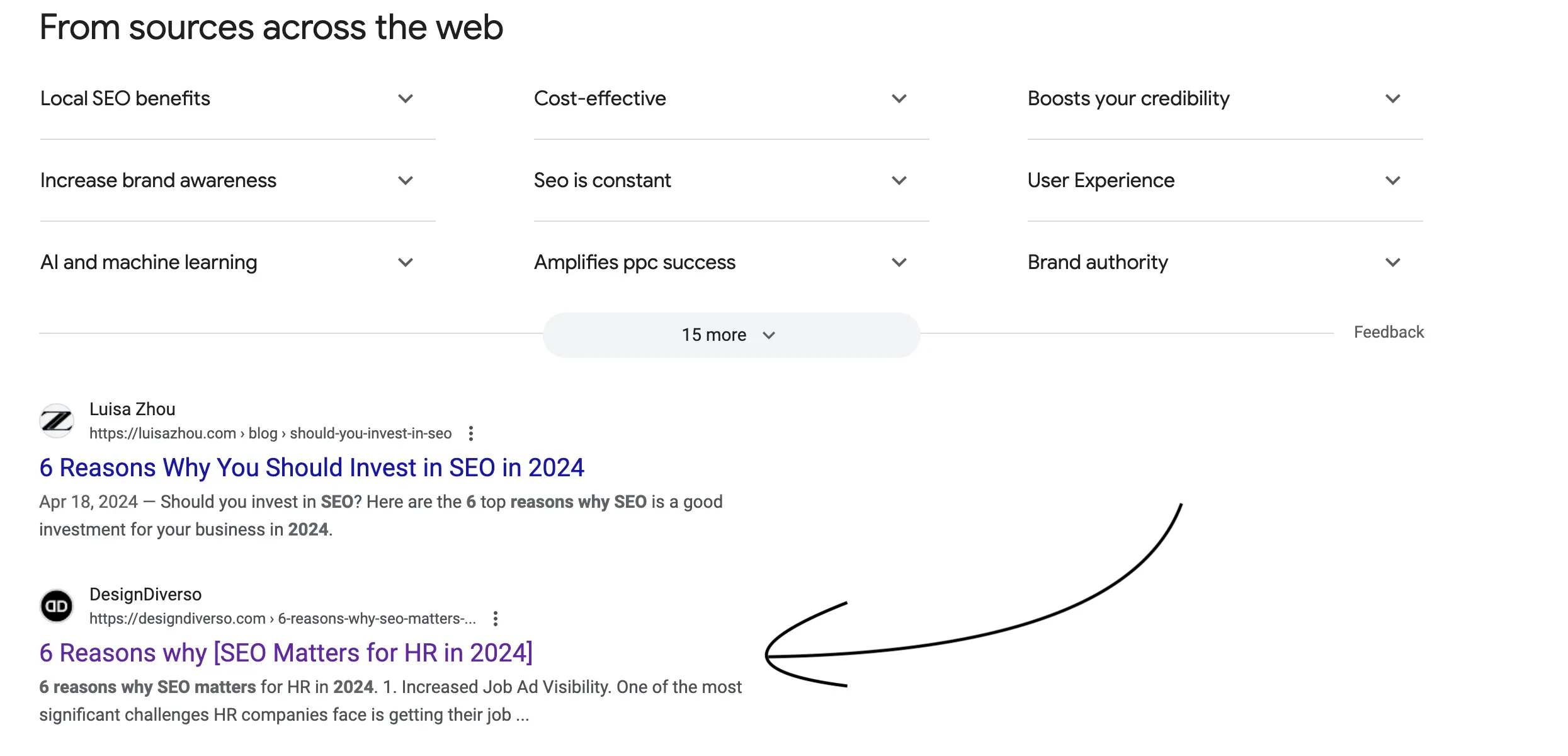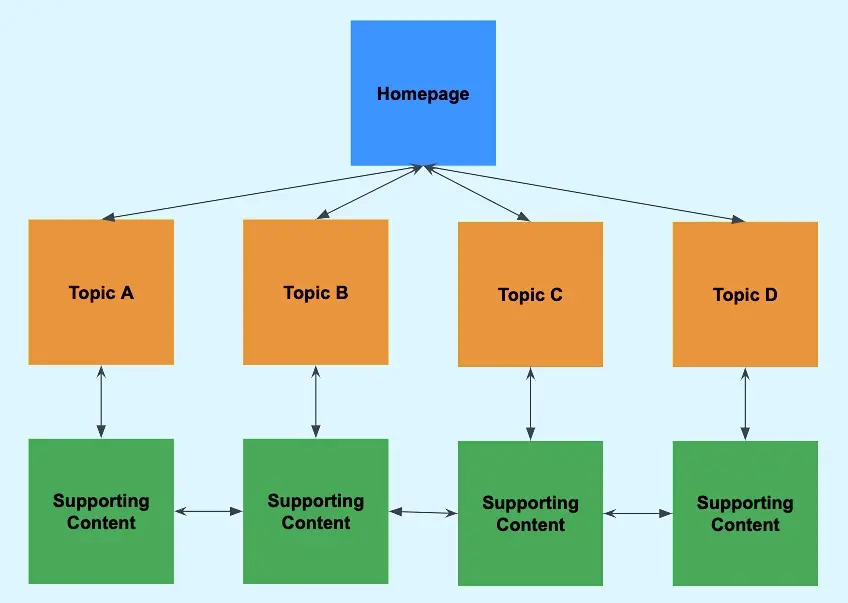The Definitive Guide to On-Page SEO: Everything You Need to Know
In the fast-paced world of digital marketing, on-page SEO plays a crucial role in helping your website rank higher on search engine results pages (SERPs). Effective on-page SEO ensures that search engines understand your content and delivers a user-friendly experience to your audience. This guide will cover everything from crafting SEO-friendly URLs to integrating keywords seamlessly, ensuring your website stays optimized for search engines.
We will also explore how DesignDiverso can help enhance your website’s on-page SEO by incorporating user-centric design elements, intuitive navigation, and visual appeal.
Table of Contents
- Optimize Your Content for Search Engines
- Create SEO-Friendly URLs
- Write Compelling and Click-Worthy Titles
- Create Original and Helpful Content
- Seamlessly Integrate Keywords into Your Content
- Use Header Tags Effectively
- Optimize Meta Descriptions for Better Click-Through Rates
- Improve Readability and User Experience
- Enhance Your Website’s Mobile Friendliness
- Incorporate Internal Linking for Better Navigation
- Utilize Multimedia for Richer User Engagement
- Leverage DesignDiverso for Comprehensive On-Page SEO
1. Optimize Your Content for Search Engines
When optimizing your content for search engines, it’s essential to strike a balance between search engine readability and user-friendliness. Search engines look for content that addresses the needs of users, matches their search intent, and is easy to navigate.
Key Points:
- Understand User Intent: Analyze why your audience is searching for particular terms. Does your content solve their problem or answer their question?
- Use Relevant Keywords: Find keywords with high search volume but low competition, and distribute them naturally across your content.
- Write for Humans First: While keywords are crucial, the focus should be on the quality and relevance of your content.
The process of keyword research and the balance between keyword use and readability.

2. Create SEO-Friendly URLs
Your URL structure impacts both user experience and search engine crawling. A clean and concise URL can improve search engine rankings and click-through rates.
Key Points:
- Keep URLs Short and Simple: Use a clear, readable structure. URLs should give users a sense of the content on the page.
- Include Target Keywords: Ensure that primary keywords related to the page topic are part of the URL.
- Avoid Special Characters: Stick to letters, numbers, and hyphens (-) to keep URLs clean.

URLS structure

3. Write Compelling and Click-Worthy Titles
A well-crafted title tag is one of the most important on-page SEO elements. It directly influences how often your page is clicked on when it appears in SERPs.
Key Points:
- Use Target Keywords: Include primary keywords as close to the beginning of the title as possible.
- Stay Within Length Limits: Google typically displays the first 50–60 characters of a title. Anything beyond that may be cut off.
- Make It Compelling: Your title should be attention-grabbing, relevant, and reflect the content accurately. Use action words or pose questions to entice readers.
4. Create Original and Helpful Content
Creating unique and valuable content not only pleases search engines but also keeps users engaged. The days of keyword stuffing are long gone—now, it’s all about quality content that answers user questions.
Key Points:
- Write Authoritatively: Use data-driven insights, expert opinions, and high-quality research to make your content stand out.
- Avoid Duplicate Content: Search engines penalize websites for duplicating content from other sites, so originality is crucial.
- Add Value: Ensure that your content provides a solution or answer to what users are searching for. This will naturally increase time spent on your page, reducing bounce rates.

5. Seamlessly Integrate Keywords into Your Content
Seamless keyword integration ensures that your content remains natural while still being optimized for search engines. Overusing keywords can lead to penalties, while underusing them could reduce your chances of ranking.
Key Points:
- Place Keywords Strategically: Use your primary keyword in the title, meta description, first paragraph, and a few times naturally within the body content.
- Avoid Keyword Stuffing: Keep the keyword density reasonable, typically between 1–2% of total word count.
- Use Variations and Synonyms: Include LSI (Latent Semantic Indexing) keywords and natural variations of your main keyword to provide context.
Sourcing Images: Use keyword heatmaps to visually demonstrate where keywords should be placed on a page. Diagrams showing the difference between keyword stuffing and natural placement can also be beneficial.
6. Use Header Tags Effectively
Header tags (H1, H2, H3, etc.) help break down your content into digestible sections, making it easier for search engines and users to read.
Key Points:
- H1 Tag for Titles: Use the H1 tag for the main page title. There should only be one H1 per page.
- Subheadings with H2 and H3 Tags: Break up content with H2 and H3 subheadings to improve readability and SEO.
- Include Keywords in Headers: Where natural, include keywords in your header tags to help search engines understand the structure of your content.
7. Optimize Meta Descriptions for Better Click-Through Rates
The meta description is a short summary of a webpage that appears in search engine results below the title. While it doesn’t directly impact rankings, a compelling meta description can increase click-through rates (CTR).
Key Points:
- Include a Call to Action: A meta description should encourage users to click by using action words like “learn more,” “discover,” or “get started.”
- Keep It Short: Meta descriptions should be between 150–160 characters.
- Use Keywords: Incorporate your primary keywords into the description to improve relevance.
Sourcing Images: Include images of SERP results with optimized meta descriptions and compare them with results that lack engaging meta descriptions.

8. Improve Readability and User Experience
Readability and user experience are crucial for SEO. Search engines prioritize content that is easy to read, clear, and visually appealing.
Key Points:
- Use Bullet Points and Lists: Break down complex information into bite-sized chunks.
- Write in Short Paragraphs: Aim for paragraphs that are 2–3 sentences long to avoid overwhelming your readers.
- Use Fonts and White Space: Ensure your text is legible by using readable fonts and leaving sufficient white space between elements.
9. Enhance Your Website’s Mobile Friendliness
With more than 50% of web traffic coming from mobile devices, ensuring your website is mobile-friendly is crucial for SEO.
Key Points:
- Responsive Design: Your website should adjust seamlessly to different screen sizes.
- Test Mobile Usability: Use tools like Google’s Mobile-Friendly Test to check how your site performs on mobile devices.
- Improve Page Load Speed: Mobile users expect fast load times, so optimizing images and reducing unnecessary scripts is essential.

10. Incorporate Internal Linking for Better Navigation
Internal linking not only helps users navigate through your website but also assists search engines in understanding your site structure.
Key Points:
- Use Descriptive Anchor Text: When linking internally, make sure the anchor text is relevant and descriptive.
- Link to High-Value Pages: Ensure that your most important pages (those you want to rank higher) receive internal links from other pages.
- Limit the Number of Links: Don’t overdo internal linking; too many links can look spammy to both users and search engines.

11. Utilize Multimedia for Richer User Engagement
Search engines value websites that provide a rich, engaging experience. Multimedia—such as images, videos, and infographics—enhances user engagement and increases time spent on the page.
Key Points:
- Optimize Image Sizes: Ensure that images are compressed to reduce load times without sacrificing quality.
- Use Alt Text for Images: Search engines can’t read images, but they can read alt text. Include relevant keywords in your alt descriptions.
- Embed Videos: Videos tend to keep users engaged longer, which is a positive ranking signal for SEO.
12. Leverage DesignDiverso for Comprehensive On-Page SEO
While following all these steps can dramatically improve your on-page SEO, professional design and SEO expertise can take your website to the next level. DesignDiverso offers a range of services that integrate SEO with creative design to ensure your website is not only visually appealing but also optimized for search engines.
How DesignDiverso Can Help:
- Custom Website Design: Ensures your website is mobile-friendly, visually appealing, and user-centric.
- Content Optimization: Our experts craft engaging, keyword-rich content that’s both informative and SEO-friendly.
- Multimedia Integration: From videos to infographics, we help you use multimedia effectively to boost user engagement and SEO.
- Technical SEO Support: Our team handles the technical side of SEO, ensuring your site is fast, secure, and easy for search engines to crawl.

